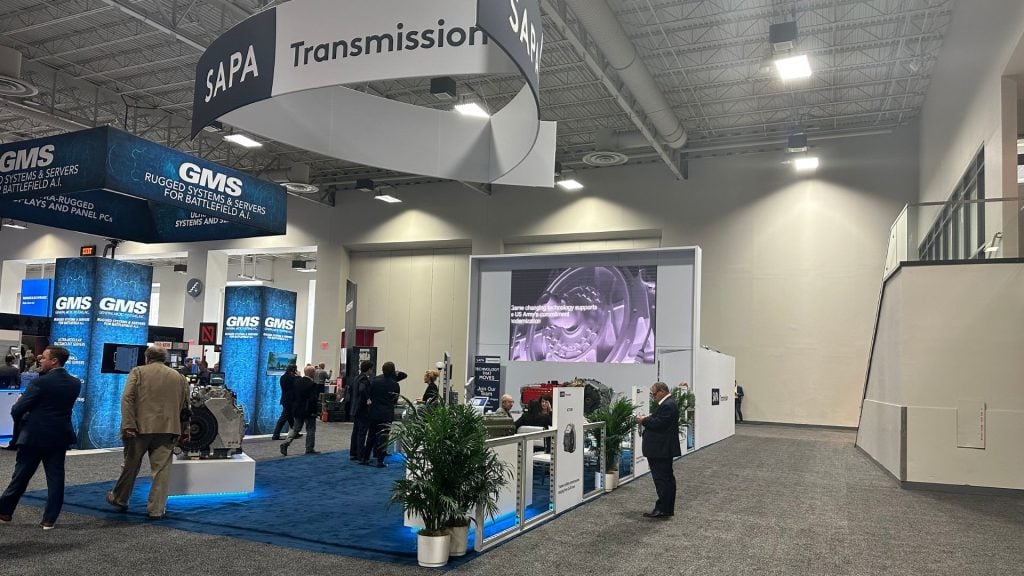
Introduction
In today’s eco-conscious world, measuring the environmental impact of your exhibit is no longer just a nice-to-have—it’s a must-do. Exhibitors and event organizers alike are increasingly aware of the footprint left behind by trade shows, and with good reason. From the materials used to the energy consumed, every aspect of your exhibit can affect the environment. But how do you quantify this impact? Let’s break down the key metrics and methods you can use to measure and manage the environmental footprint of your exhibit.
Why Measuring Environmental Impact Matters?
Understanding the environmental impact of your exhibit is crucial for several reasons. First, it aligns your brand with sustainable practices, which is increasingly important to consumers and business partners alike. A strong commitment to sustainability can enhance your reputation and differentiate you from competitors. Additionally, it helps you identify areas where you can reduce waste, lower costs, and improve efficiency, leading to a more sustainable and cost-effective exhibit program.
But perhaps most importantly, by measuring and managing your environmental impact, you contribute to the broader global effort to combat climate change and preserve our planet for future generations.
Key Metrics to Measure Your Exhibit’s Environmental Impact:
To effectively measure the environmental impact of your exhibit, you need to track specific metrics. Here are the most critical ones:
- Carbon Footprint: This is the total amount of greenhouse gases (GHGs) emitted by your exhibit, usually measured in tons of CO2 equivalent (CO2e). Your carbon footprint includes emissions from transportation, energy consumption, and even the production of materials used in your exhibit. Calculating your carbon footprint gives you a clear picture of your exhibit’s overall impact on climate change.
- Energy Consumption: The amount of energy your exhibit uses is another vital metric. This includes the electricity required to power lighting, AV equipment, and any other electrical components. By tracking energy consumption, you can identify opportunities to reduce usage, such as switching to LED lighting or optimizing your booth layout for natural light.
- Material Usage and Waste: The materials used to build your exhibit and the waste generated during and after the event are key indicators of your environmental impact. Track the amount and type of materials used, particularly those that are non-renewable or difficult to recycle. Additionally, measure the waste generated, including what’s sent to landfill versus what’s recycled or composted.
- Water Usage: If your exhibit involves water usage—for example, in interactive displays or catering—this is another important metric to track. Reducing water consumption is not only good for the environment but can also lower your operational costs.
- Transportation Impact: Consider the environmental impact of transporting your exhibit materials and team members to and from the event. This includes fuel consumption, emissions from vehicles or planes, and the distance traveled. Opting for local suppliers or using more sustainable modes of transport can significantly reduce this aspect of your environmental footprint.
- Sustainable Sourcing: Track how much of your exhibit is made from sustainably sourced or recycled materials. This metric not only reflects your commitment to sustainability but can also influence the overall environmental impact of your exhibit. Aim for materials that are not only sustainable but also durable, so they can be reused or repurposed for future events.
Methods to Measure and Reduce Environmental Impact:
Once you’ve identified the key metrics, the next step is to apply methods to measure and reduce your exhibit’s environmental impact. Here’s how to get started:
- Life Cycle Assessment (LCA): LCA is a comprehensive method for assessing the environmental impact of a product or system throughout its entire life cycle—from raw material extraction to disposal. Applying LCA to your exhibit allows you to identify which stages of the exhibit’s life cycle have the greatest environmental impact, enabling you to make informed decisions about how to reduce it.
- Carbon Footprint Calculators: There are numerous tools available that allow you to calculate the carbon footprint of your exhibit. These calculators consider factors such as energy use, transportation, and material sourcing. By inputting your exhibit’s specific details, you can get an estimate of its carbon emissions and identify areas for improvement.
- Sustainable Material Tracking: Implement a system to track the materials used in your exhibit, including where they come from, how they’re used, and what happens to them after the event. This tracking can be done manually or through software designed for sustainability reporting. The goal is to increase the use of sustainable materials while reducing waste.
- Energy Audits: Conducting an energy audit of your exhibit can reveal how much energy is being used and where it’s being wasted. This audit can help you make changes, such as using energy-efficient equipment, optimizing your booth design, or sourcing renewable energy to power your exhibit.
- Waste Audits: Similar to energy audits, waste audits involve analyzing the types and amounts of waste generated by your exhibit. By identifying what can be reduced, reused, or recycled, you can develop strategies to minimize waste and enhance your exhibit’s sustainability.
- Transportation Optimization: Reduce the environmental impact of transporting your exhibit by planning logistics more efficiently. Consider consolidating shipments, choosing greener transport options, or sourcing materials closer to the event location. These steps can reduce fuel consumption and emissions, making your exhibit more sustainable.
Taking Action: Steps Toward a Greener Exhibit
Now that you know how to measure the environmental impact of your exhibit, it’s time to take action. Here are some practical steps you can implement:
- Set Clear Sustainability Goals: Define what you want to achieve with your exhibit’s sustainability efforts. This could include reducing your carbon footprint by a certain percentage, using 100% recycled materials, or achieving zero waste.
- Engage Stakeholders: Involve your team, suppliers, and even your clients in your sustainability initiatives. Educating and engaging stakeholders ensures everyone is on board and working towards the same goals.
- Monitor and Report: Regularly track your progress against the metrics you’ve identified. Reporting on these metrics not only keeps your team accountable but also demonstrates your commitment to sustainability to clients and partners.
- Continuously Improve: Sustainability is an ongoing journey. Regularly review your practices, learn from each event, and look for new ways to reduce your environmental impact.
The Future of Sustainable Exhibiting
Measuring the environmental impact of your exhibit isn’t just about ticking boxes—it’s about making meaningful changes that benefit both your brand and the planet.
By focusing on key metrics, applying effective measurement methods, and taking actionable steps, you can ensure your exhibits are not only impactful in terms of business outcomes but also in promoting a more sustainable future.


 Global
Global Europe
Europe

